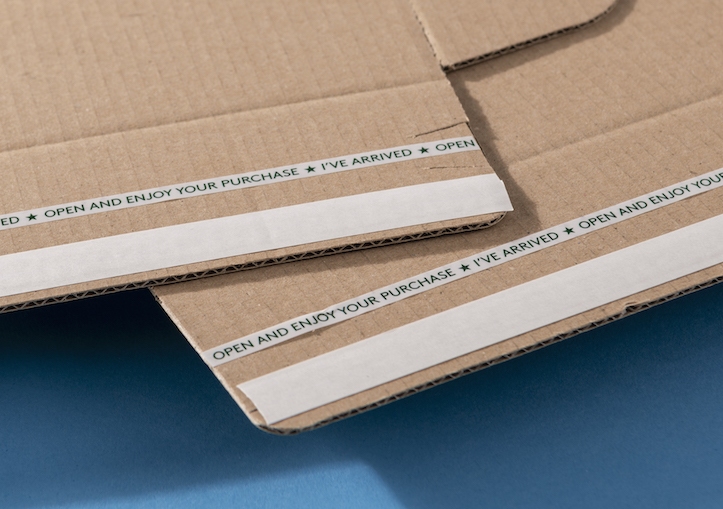By Christopher Morgan, Global Sales Director at Filtrona Tapes
One of the key lessons businesses should take from the last few years of chaos is that stability is vital to success.
Stability does not mean static. If the last few years have taught us anything, it’s that a great deal of change can sometimes be required to achieve stability. The pandemic brought with it fundamental changes in the way consumers shop and businesses manage their supply chains – and in many cases, these changes have persisted long after the worst of the pandemic was over.
eCommerce turbocharged
One of the most notable effects of the pandemic was the way it turbocharged and entrenched many trends that were already taking place. The clearest example of this can be seen in what was previously a gradual shift in consumer spending from the high street towards eCommerce. With high streets forced to close for prolonged periods of 2020 through 2021, millions of consumers were all forced to do the majority of their shopping online, and all at the same time. Unsurprisingly, many consumers stuck with this habit even after the high street opened its doors again.
This also led to an increase in the rise of eCommerce returns. While returns for faulty or otherwise unsatisfactory products have always been a part of eCommerce, consumers now expect a no-cost, hassle-free returns experience that matches the experience they have with brick-and-mortar retailers. This means they now expect to be able to ‘bracket’ purchases – for example, when shopping for clothing they may buy one product in multiple sizes and only keep the one that fits best. eCommerce return rates range from 15 to 30% depending on the product type, according to CBRE research.
This, naturally, has major implications for the entire supply chain, not least in the cost and profit margins of products. Companies not only need to focus on more eCommerce-friendly packaging, but they must also be flexible enough to accommodate evolving consumer preferences for returning goods.
Baking solutions into packaging
Businesses crave a process that is repeatable and consistent. This breeds efficiency and helps ensure stability even in the face of market turbulence. eCommerce packaging converters can provide this to their brand customers and today’s consumers by baking reverse logistics into their product offer.
The ‘old way’ of leaving consumers to pack up and mail their returns is no longer practical, given the way shoppers expect a streamlined, frustration-free process. Forbes research found 79% of consumers avoid traditional mailed returns where possible – a number that rises to 83% for under-30s.
This may seem like retailers are stuck between a rock and a hard place – dealing with increased costs at a time when inflation, supply chain shortages, and energy costs are already adding up, or leaving consumers frustrated with an antiquated, clumsy mail-in returns process. But converters can solve this tricky equation by enhancing their packaging offer with cost-effective consumer-friendly features.
The often overlooked additions of a glue line protected by a release liner such as Filtrona’s EASILINER, provides a built-in way for consumers to reseal return packaging that can then be dropped at an in-store collection point.
This process can be significantly improved however through the addition of easy-open tear tapes which can help retailers satisfy many modern consumer needs. Not only does it help consumers open a pack quickly and easily, but it also helps them do so while preserving the integrity of the package. This means they can easily pack up a return in its original packaging with minimal effort. And, with innovations like Fitrona Tapes’ paper-based, recyclable Rippatape® Halo for corrugated and cartonboard packaging applications, or Supastrip®PCR – made from a minimum of 70% post-consumer recycled material - for plastic and flexible packaging applications, this can be achieved with a minimal environmental footprint.
Both the easy-open tapes and EASILINER can easily be added to any packaging line thanks to their inline applicators, meaning converters can overhaul their packaging offer with minimal disruption. And, for retailers, this means these consumer-friendly enhancements are available at a low cost, as converters have minimal extra costs to pass on.
Ultimately, it is consumers that give any industry stability. Consumers are voting with their wallets about the changes they want to see in eCommerce packaging – and what they want is for retailers and converters to offer convenient solutions. By being flexible about its approach to packaging, the eCommerce industry can meet that demand, remaining stable even at a time of great uncertainty.
www.filtronatapes.com
